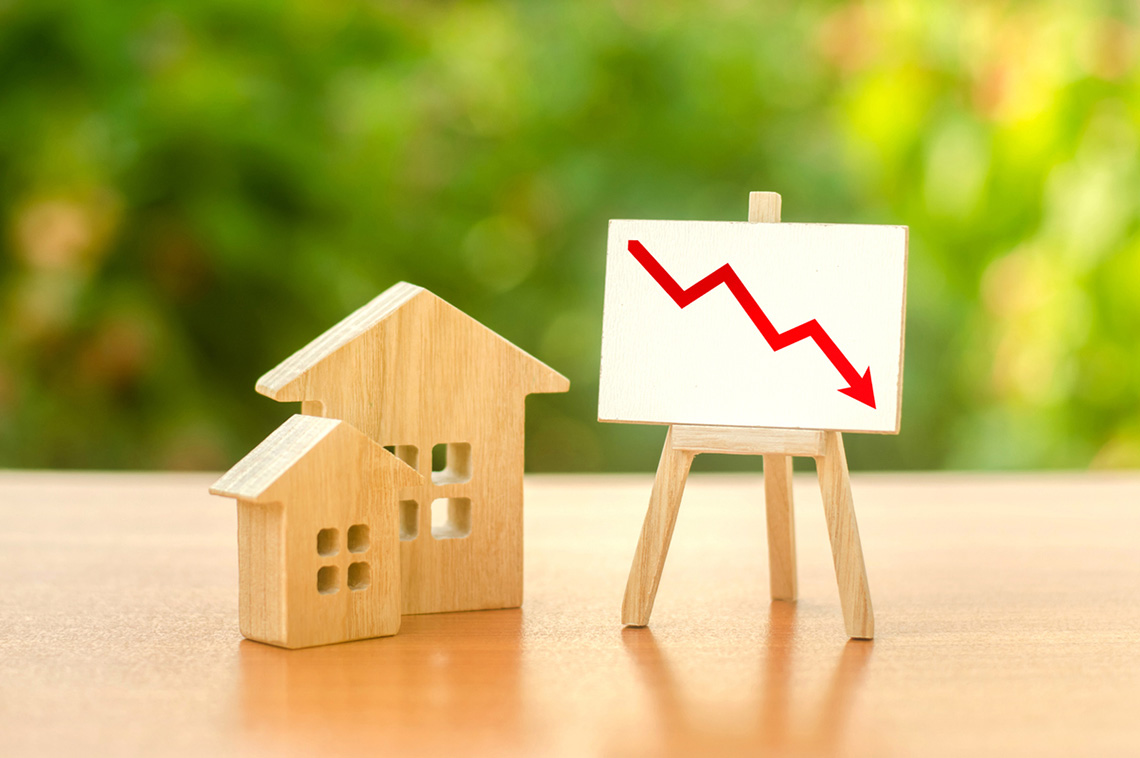Year-Over-Year Home Price Growth Dips Again in July as Higher Mortgage Rates Cool Demand — RISMedia
Annual home price growth slowed for the third consecutive month in July but remained elevated at 15.8%, according to the latest CoreLogic Home Price Index (HPI™) and HPI Forecast™ for July 2022, released late last week.
According to the report, as 30-year, fixed-rate mortgages neared 6% this summer, some prospective homebuyers pulled back, helping ease overheated and unsustainable price growth. Notably, home prices declined by 0.3% from June to July, a trend not seen between 2010 and 2019, when price increases averaged 0.5% between those two months, according to CoreLogic’s historic data. Looking ahead, CoreLogic expects to see a more balanced housing market, with year-over-year appreciation slowing to 3.8% by July 2023.
Key findings:
- S. home prices (including distressed sales) increased 15.8% year over year in July 2022, compared to July 2021. On a month-over-month basis, home prices declined by 0.3% compared to June 2022.
- In July, annual appreciation of detached properties (16.1%) was 1.5 percentage points higher than that of attached properties (14.6%).
- Annual U.S. home price gains are forecast to slow to 3.8% by July 2023.
- Once again, Tampa, Florida logged the highest year-over-year home price increase of the country’s 20 largest metro areas in July, at 29.7%, while Miami moved into the second slot at 27.1%.
- Florida and South Dakota posted the highest home price gains, 29.6% and 23.7% respectively. Tennessee ranked third with a 23.2% year-over-year increase. Washington, D.C. ranked last for appreciation at 2.4%.
The takeaway:
“Following June’s surge in mortgage rates and the resulting dampening effect on housing demand, price growth is taking a decisive turn,” said Selma Hepp, interim lead of the Office of the Chief Economist at CoreLogic. “And even though annual price growth remains in double digits, the month-over-month decline suggests further deceleration on the horizon. The higher cost of homeownership has clearly eroded affordability, as inflation-adjusted monthly mortgage expenses are now even higher than they were at their former peak in 2006.”



